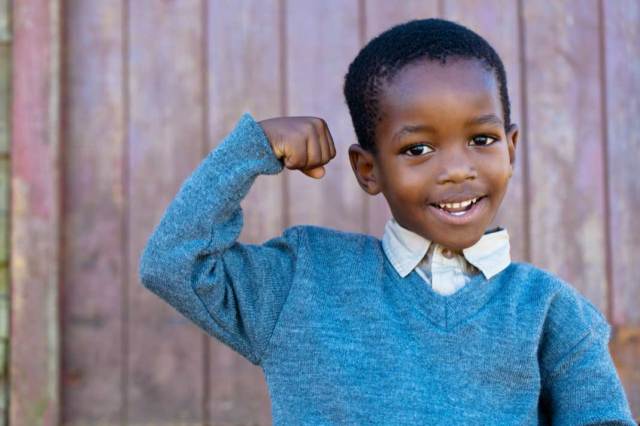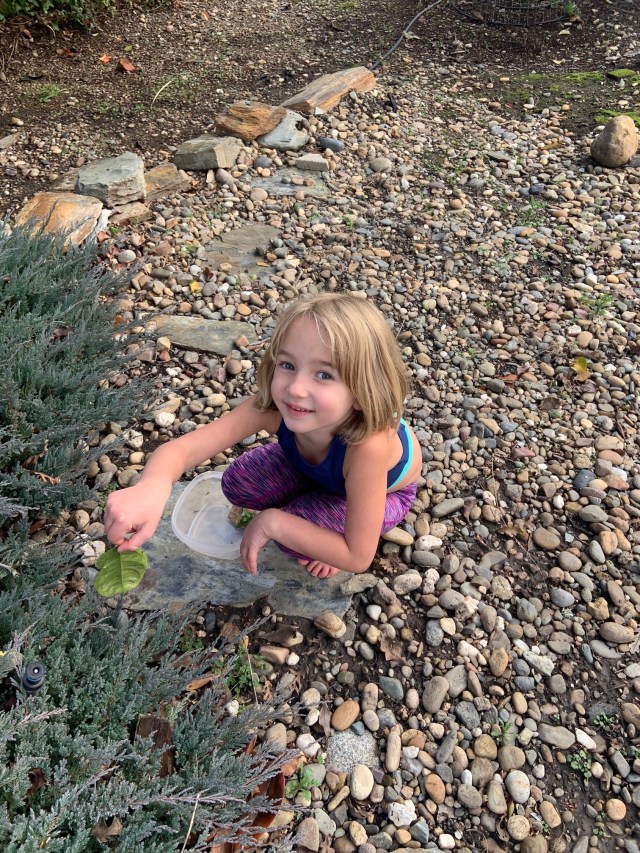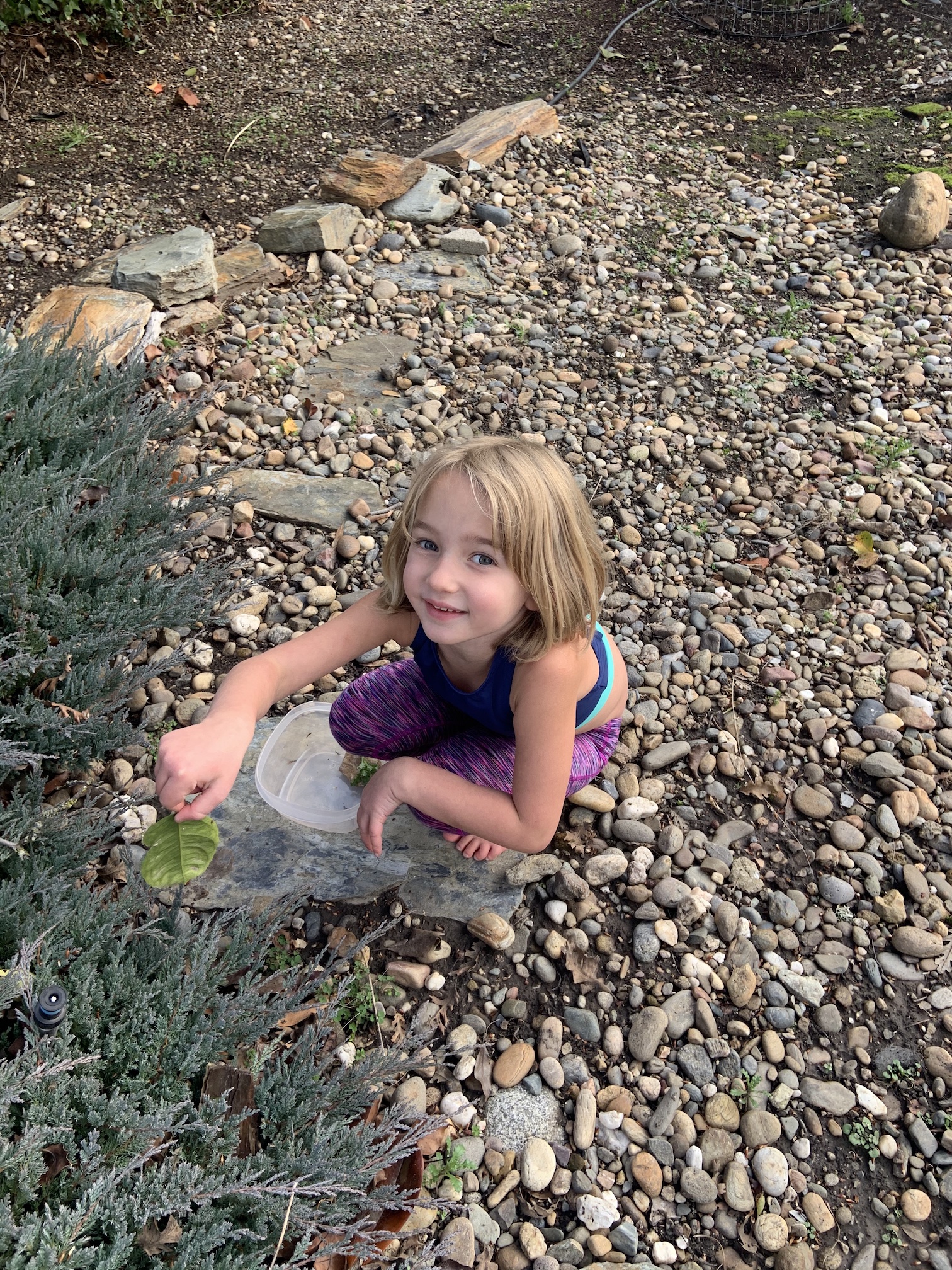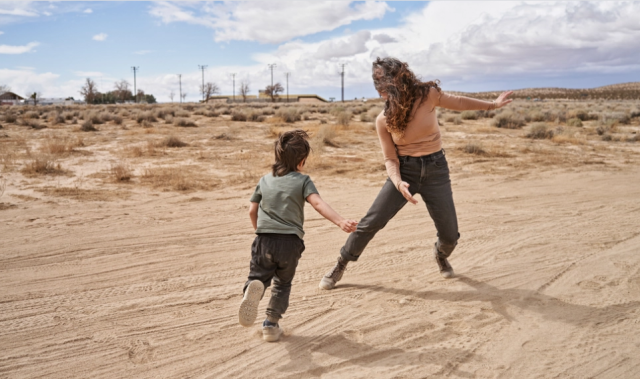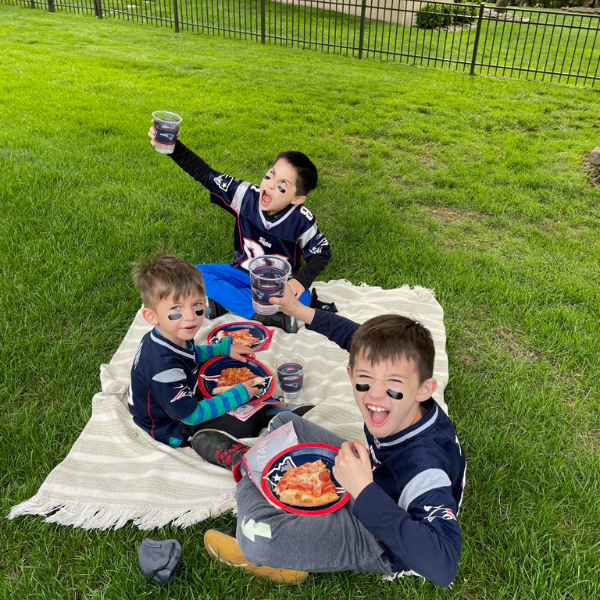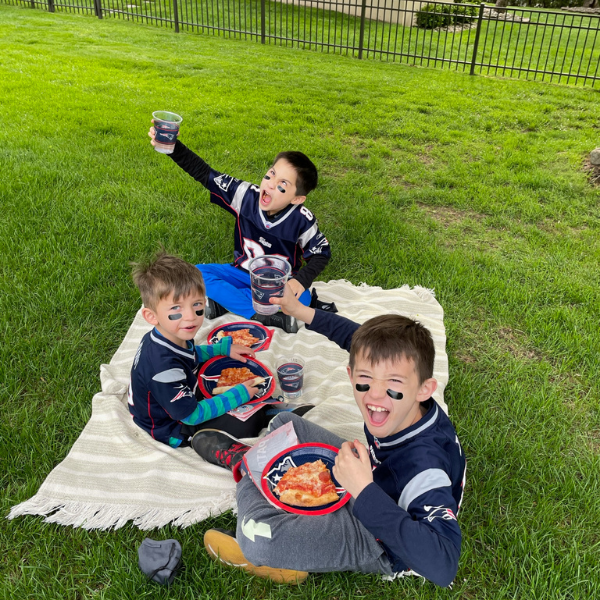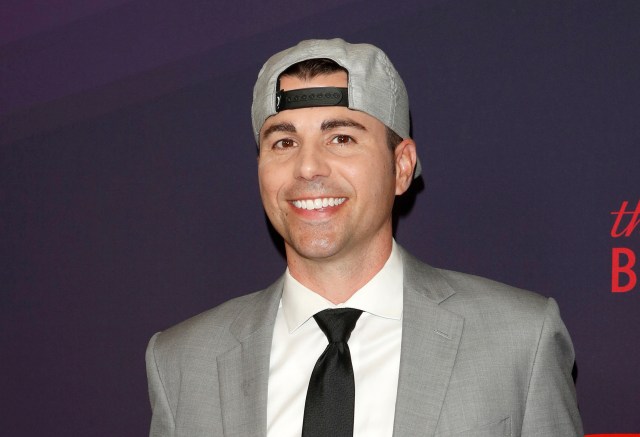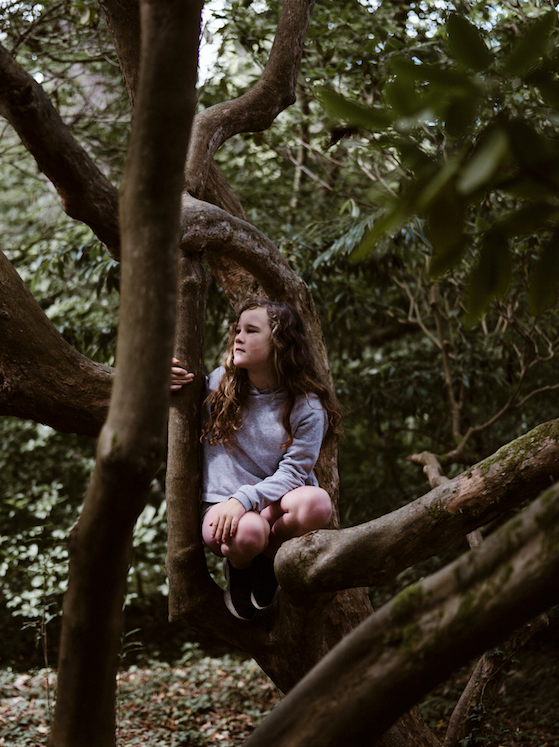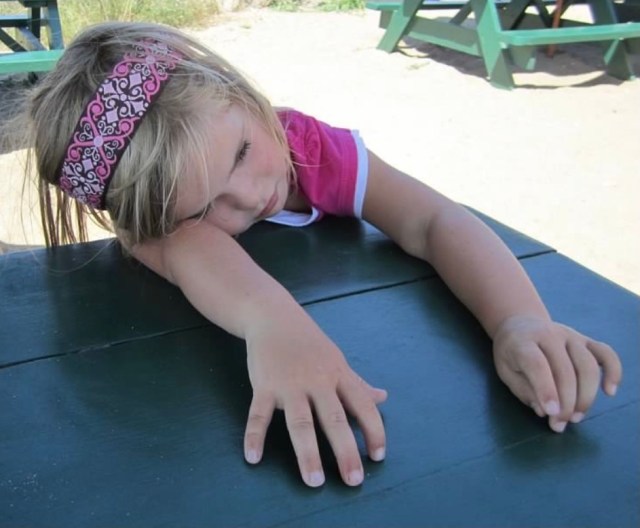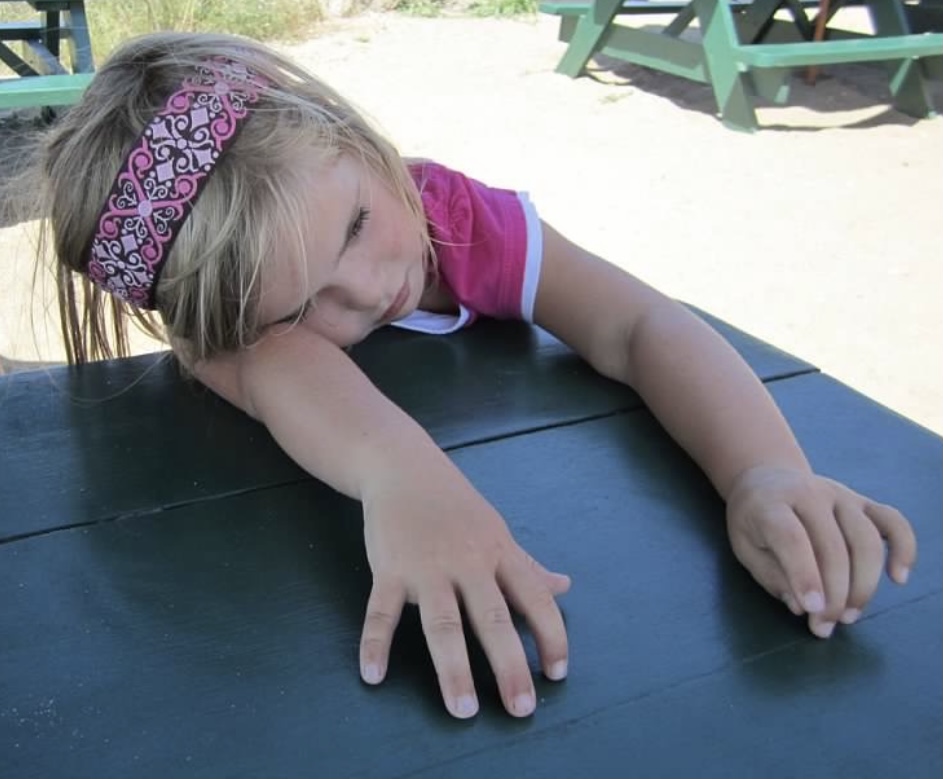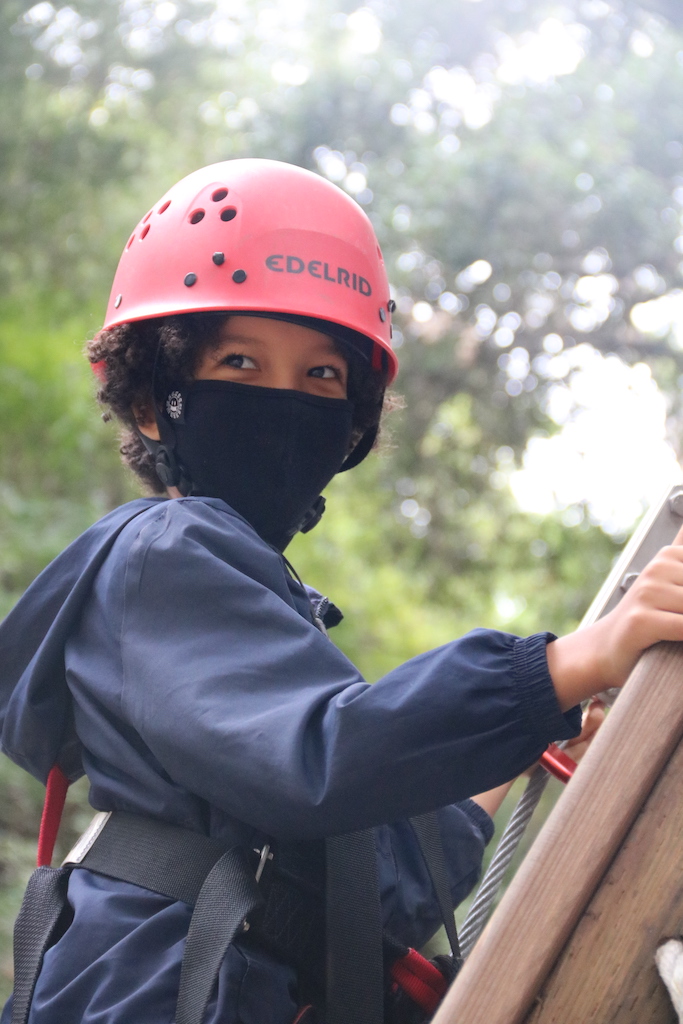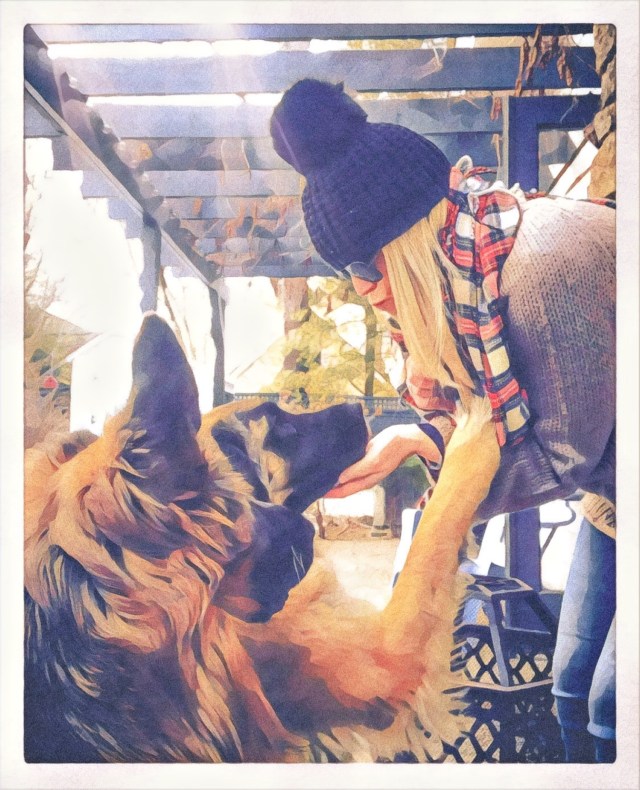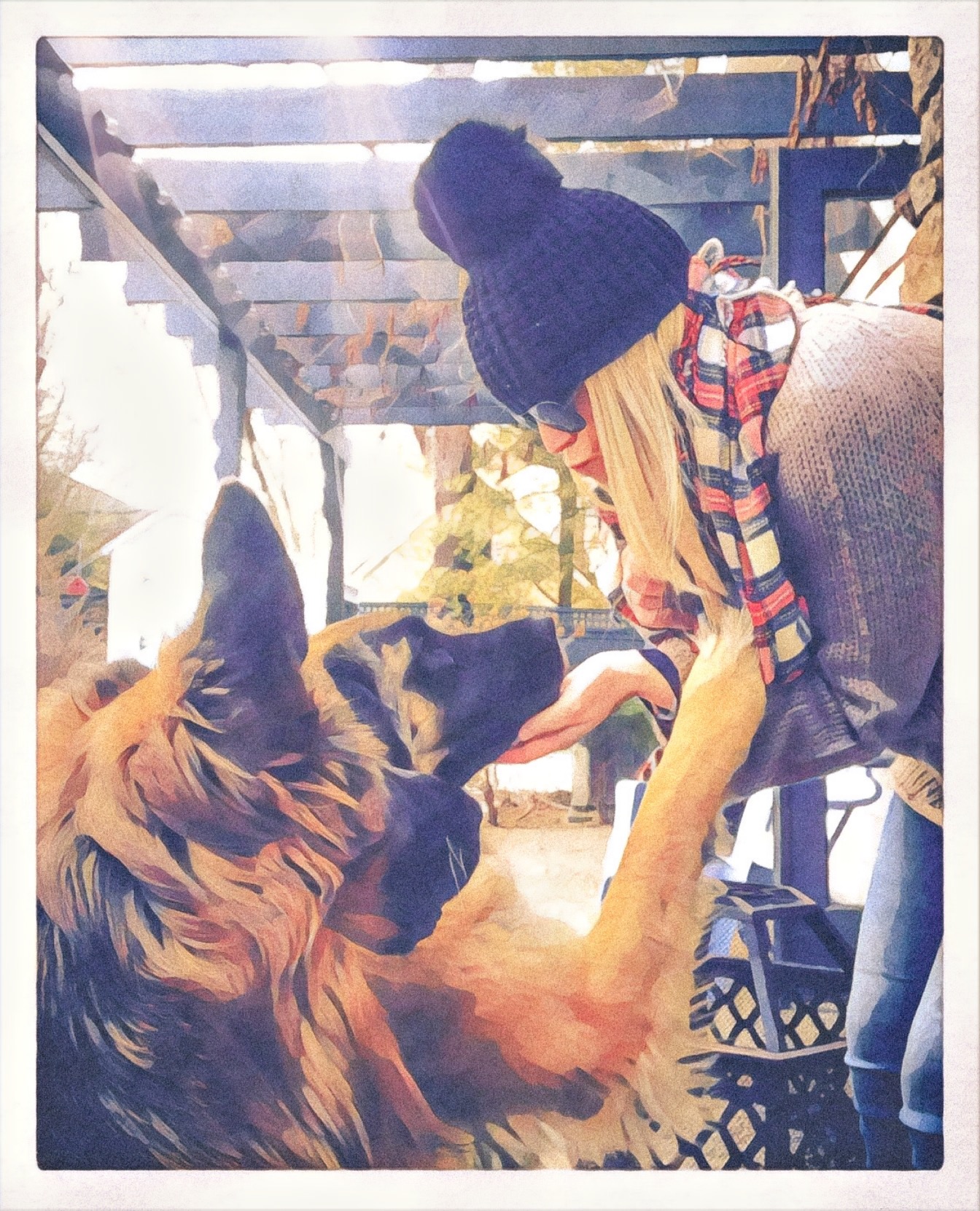It’s been a time, hasn’t it? So much change, confusion, fear, isolation, loss, grief. Adults are exhausted—and while people take it on faith that “Children are resilient,” it’s actually not that simple. According to the CDC and the American Psychological Association, self-harm, depression and anxiety, and ER visits for mental health issues are all on the rise in children as young as six. Younger children are experiencing outbursts and regressive behaviors.
Fortunately, resilience skills can be learned and grow over a lifetime—and it’s never too early to start teaching! (In fact, we adults may even learn something in the process.)
Research shows that children who are resilient benefit from improved mental and emotional well-being and experience less stress. They are curious, courageous, and trust their own instincts. Resilience helps kids stay calm, learn from their mistakes, and remain optimistic. In short, resilience helps kids not just bounce back from adversity, but bounce forward, better than before.
So how do we teach young children to be resilient? Start with these 5 tips:
1. It only takes one loving grownup to make a difference—be that grownup.
You’re open to conversation with your child, and you listen without judgment. You reassure your child that all feelings are okay (even those outsized feelings that are so difficult for grownups to deal with!); it’s what you do with those feelings that counts. When you provide a loving, safe space for a child, this gives them a head start on resilience.
2. Model the resilient behavior you want your child to learn.
Children sometimes find this hard to believe, but let them know that you, too, make mistakes all the time! And when you do, you take a deep breath and try again. Let them see you remaining calm in a stressful or emotional situation—and talk about how you find productive solutions. Encourage them to ask questions and give them age-appropriate answers. Getting honest answers in a loving environment can help a child feel less helpless or scared.
3. Help children identify their feelings—and demonstrate strategies that put them in charge of their emotions.
Sometimes young children seem like a volcano of emotions: roiling and out of control. It can feel like that to them, too! Help them put names to these big feelings: anger, frustration, sadness, disappointment, fear; even excitement or unbridled joy can sometimes go overboard! Use pictures in kids’ books to help them recognize facial expressions and body language that signal different emotions. Recognizing and labeling their own emotions and those of others is a key step toward developing empathy, which is critical for socialization.
Now teach them strategies for managing big emotions—let them know that they’re in charge and they can control their feelings! Take slow, deep breaths. Count to 10. Use positive self-talk in stressful situations: “I’m feeling calm,” or “I’m brave, I’m BRAVE!” Finally, if they’re feeling upset or afraid about terrible world events, teach them to “Look for the helpers”—every situation brings out the good people who want to help make it better.
4. Foster kids’ ability to solve problems for themselves.
There may be no better gift you can give a child than to offer a few problem-solving tips and then step back and let them figure out their own solutions. First, think positively: “I can do this!” Then, try breaking the problem into smaller, more manageable chunks. Have to tidy up a messy bedroom? Don’t try to tackle it all at once; first, put the clothes away, then the toys, then the books. Each completed mini-task creates a sense of accomplishment. Think about one good thing you’re learning from this problem (“I left my lunch at home today, but I won’t do that again: I’ll put up a sticky note tomorrow”). And remember: You can always ask for help if you need it!
5. Finally, encourage children to set goals for the future—and identify the steps it will take to get there.
Having a dream or an ambition is an important way for a child to learn to be resilient. By keeping their “eyes on the prize,” they can pick themselves up after stumbling because they have something to work toward and look forward to. Do they want to learn a new sport, improve existing skills, be a good artist, learn all about dinosaurs? Let them know they have the power to make that happen! Explain that each goal requires a series of smaller steps—just as when you read a book, you read one page at a time. Help them write down their goal and the steps they’re going to take to achieve it (take lessons, practice, take out books from the library). It will give them something positive to strive for.
Children have been through a lot these past couple of years—and they may not even realize how resilient they’ve already been. A great way to illustrate the power of resilience is to have them write or draw “The Story of Me”: telling the story of a hard time they endured and how they got through it.
This way, children can see their resilience in action, and know that they have the strength to get through any future challenges!
For additional helpful resources, please visit themoodsters.com
Image: courtesy of Moodsters
—Denise Daniels newest workbook, Bounce Forward With The Moodsters: A Guide for Kids on Finding Your Strong, Resilient Self (2021) features age-appropriate guidance and engaging interactive exercises to help preschoolers identify their own strengths and develop resilience as they prepare for a school year like no other.
